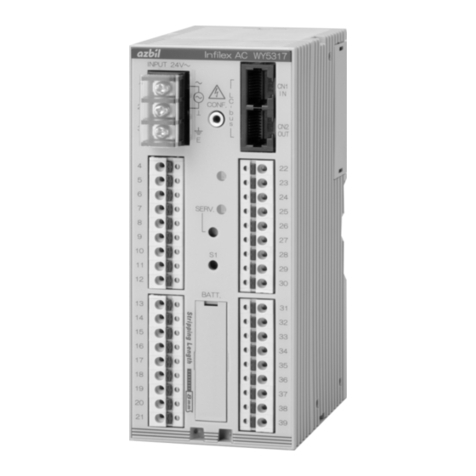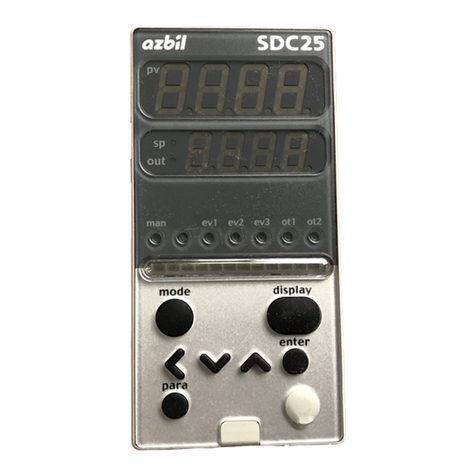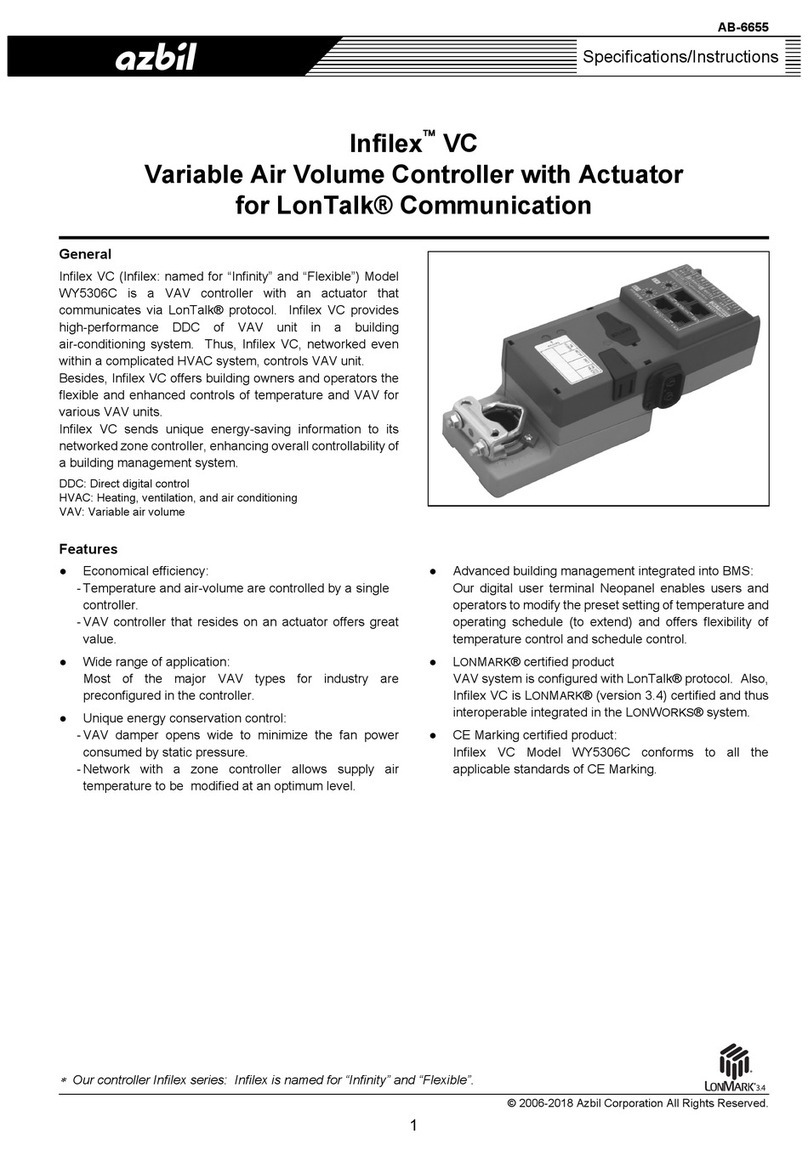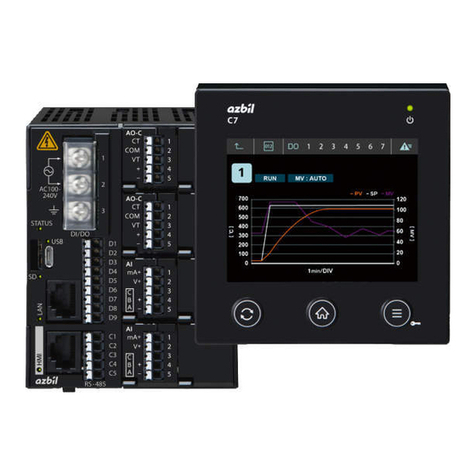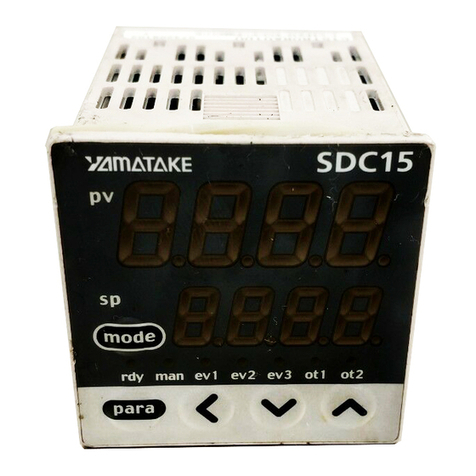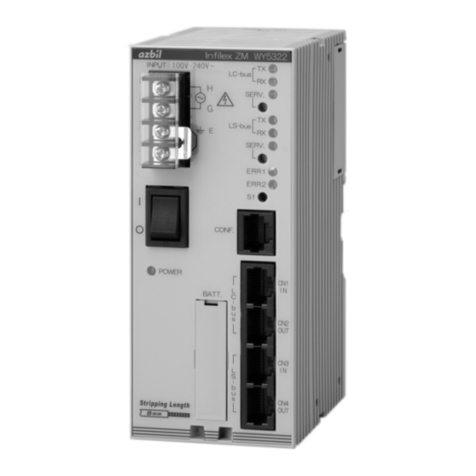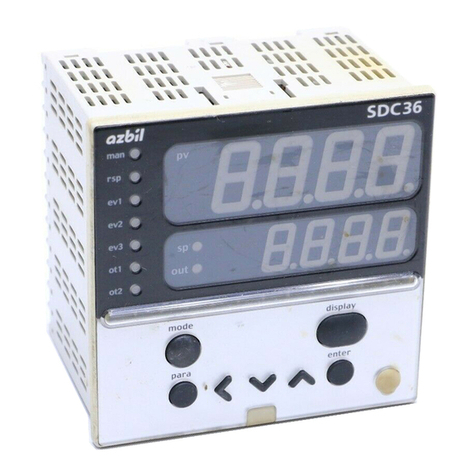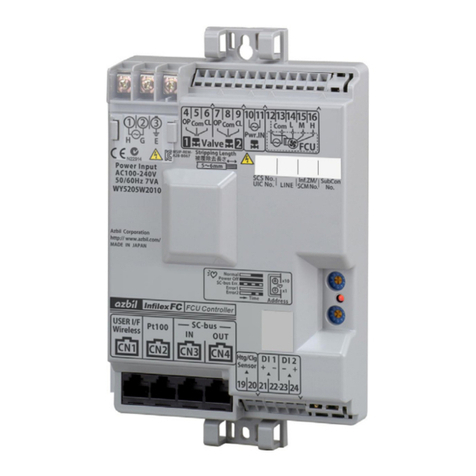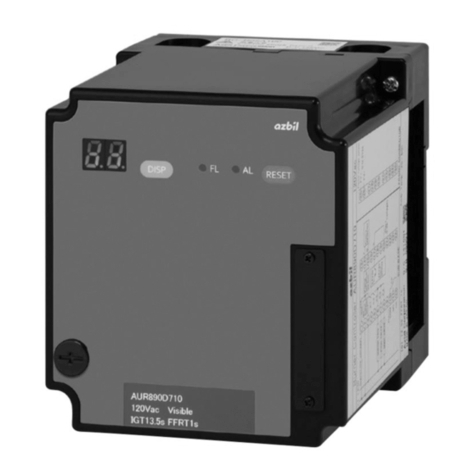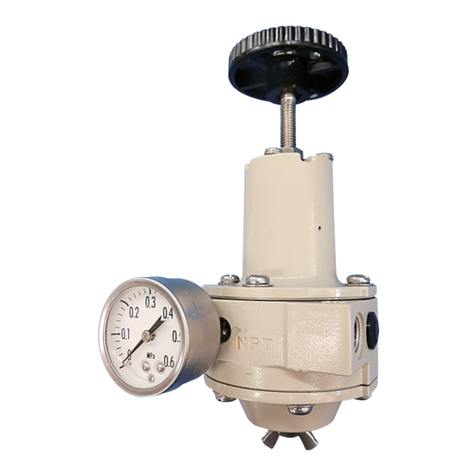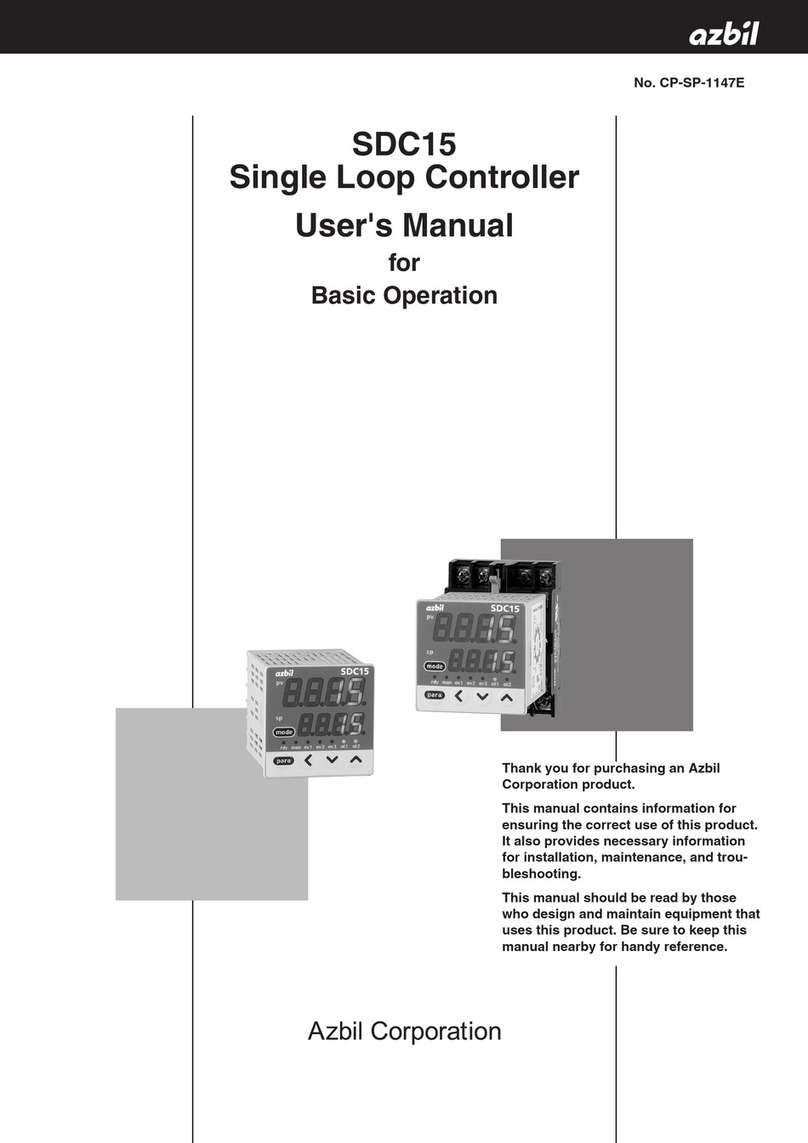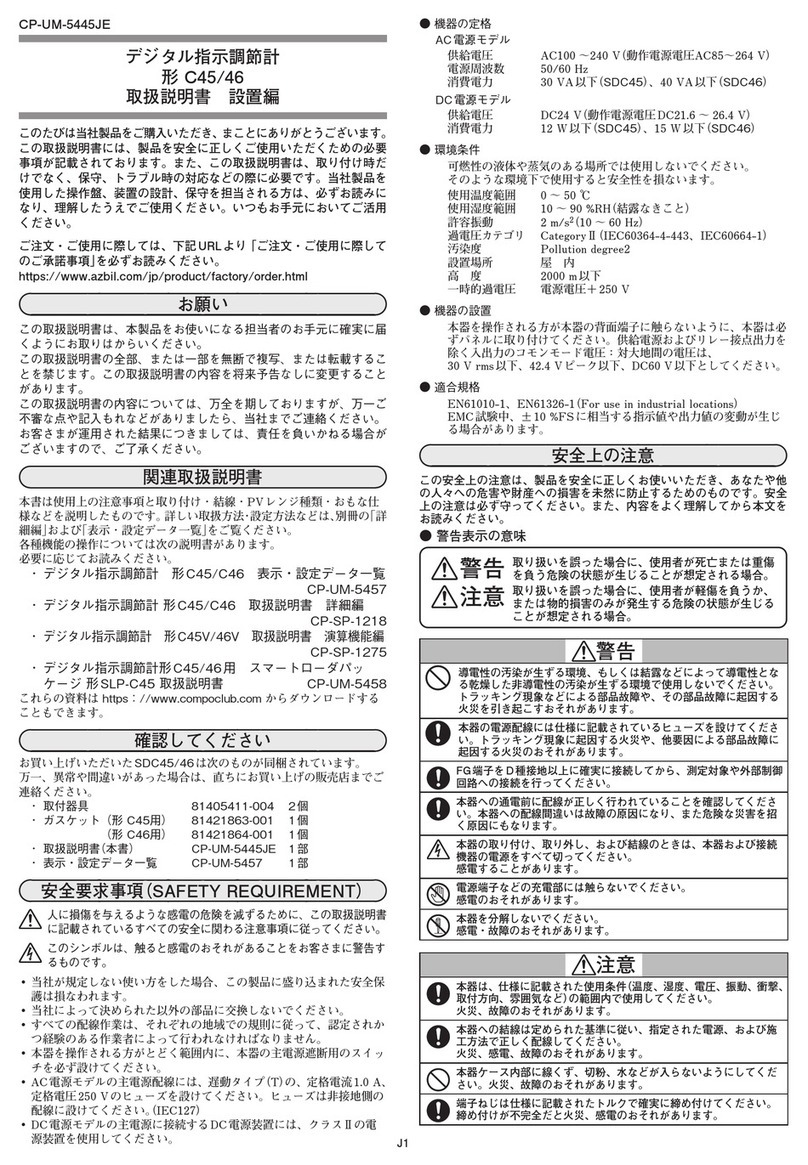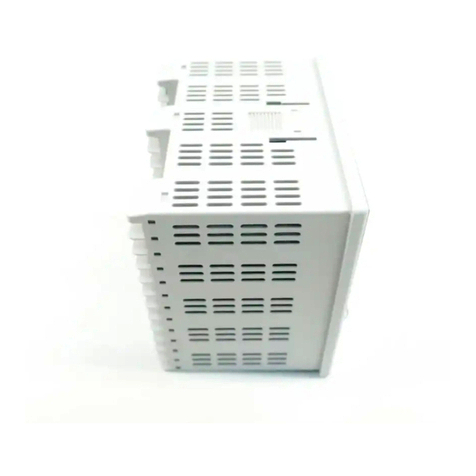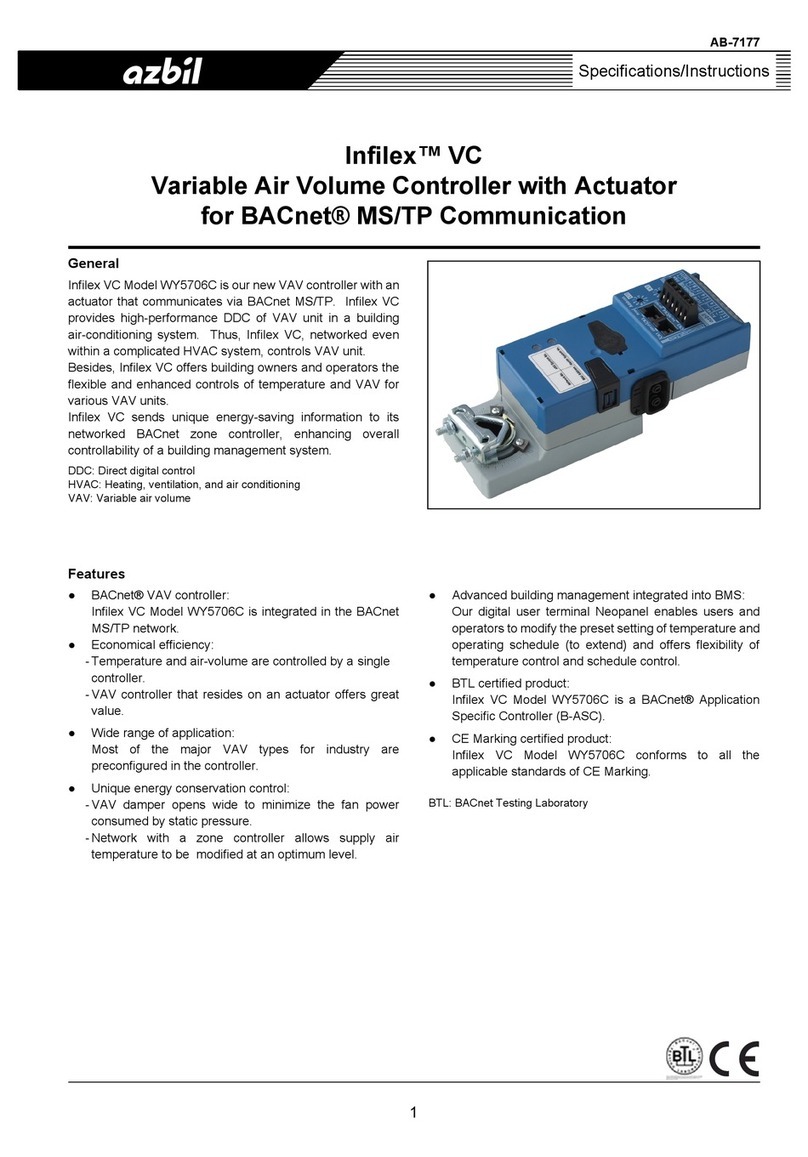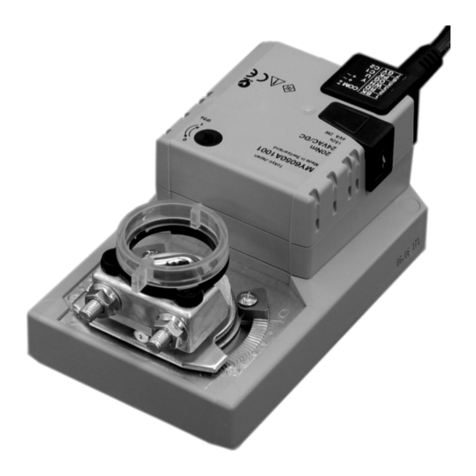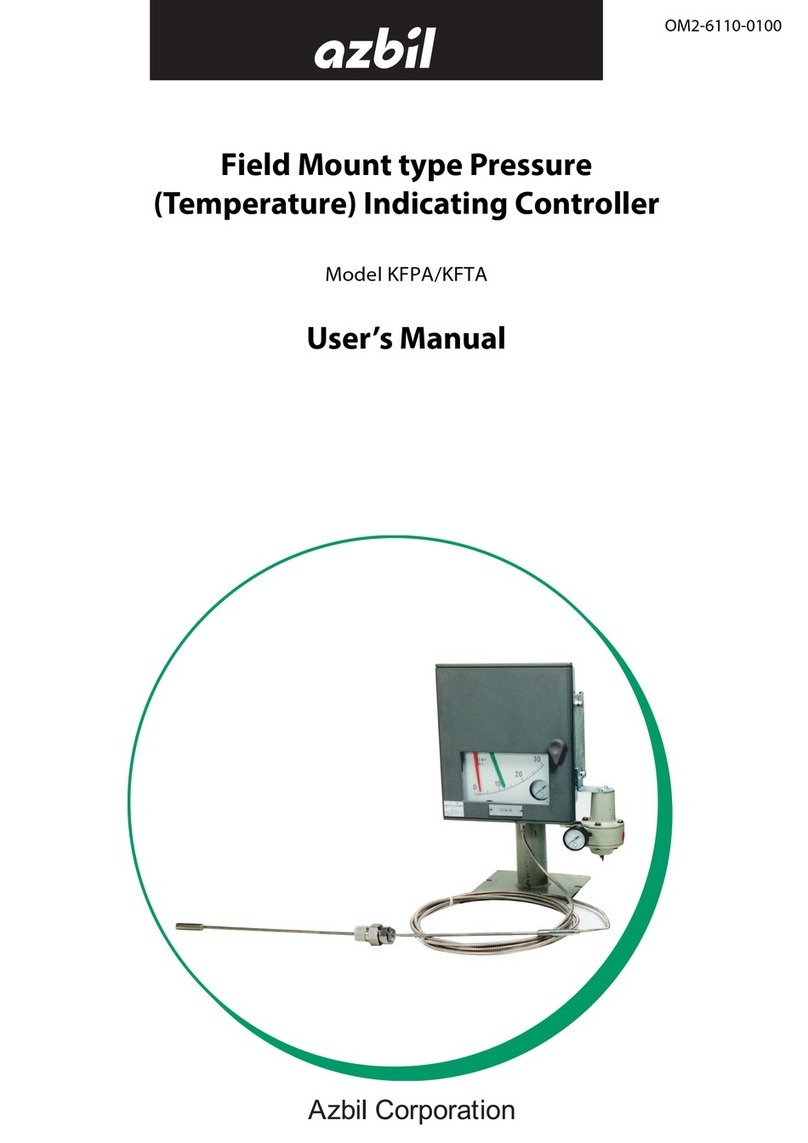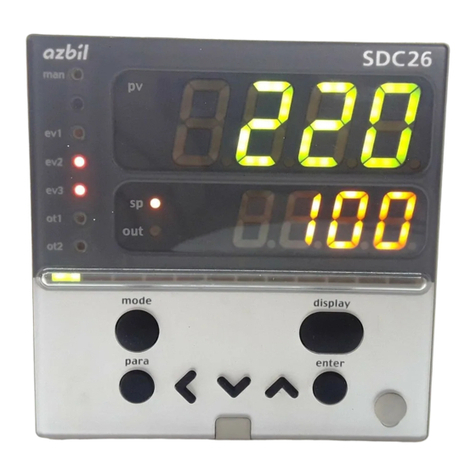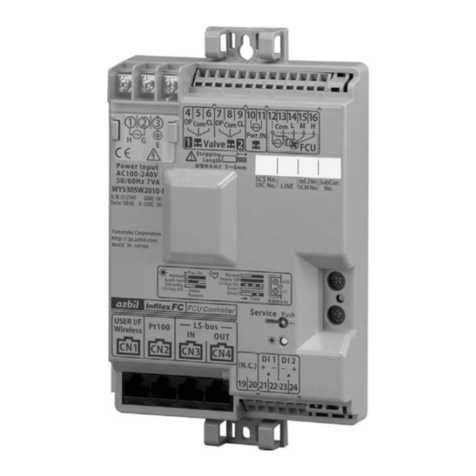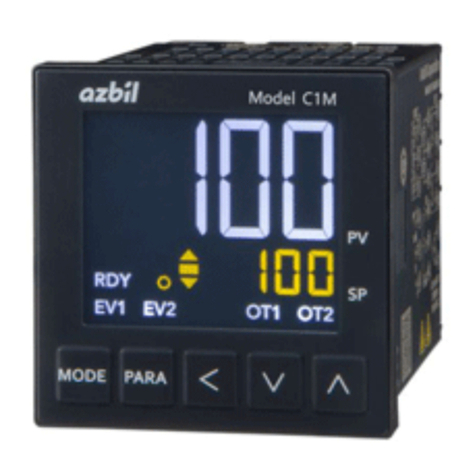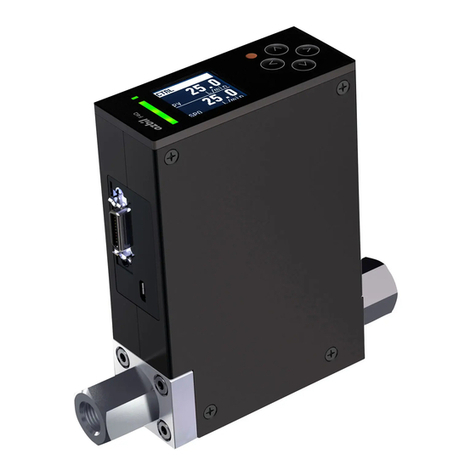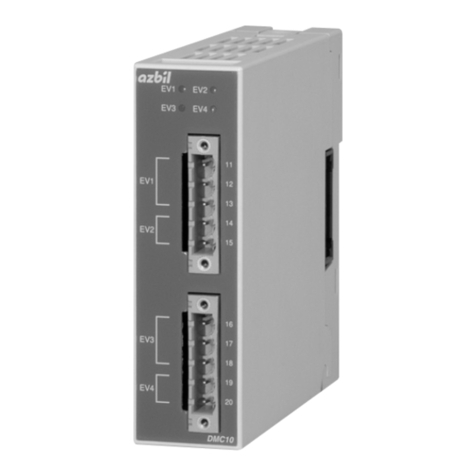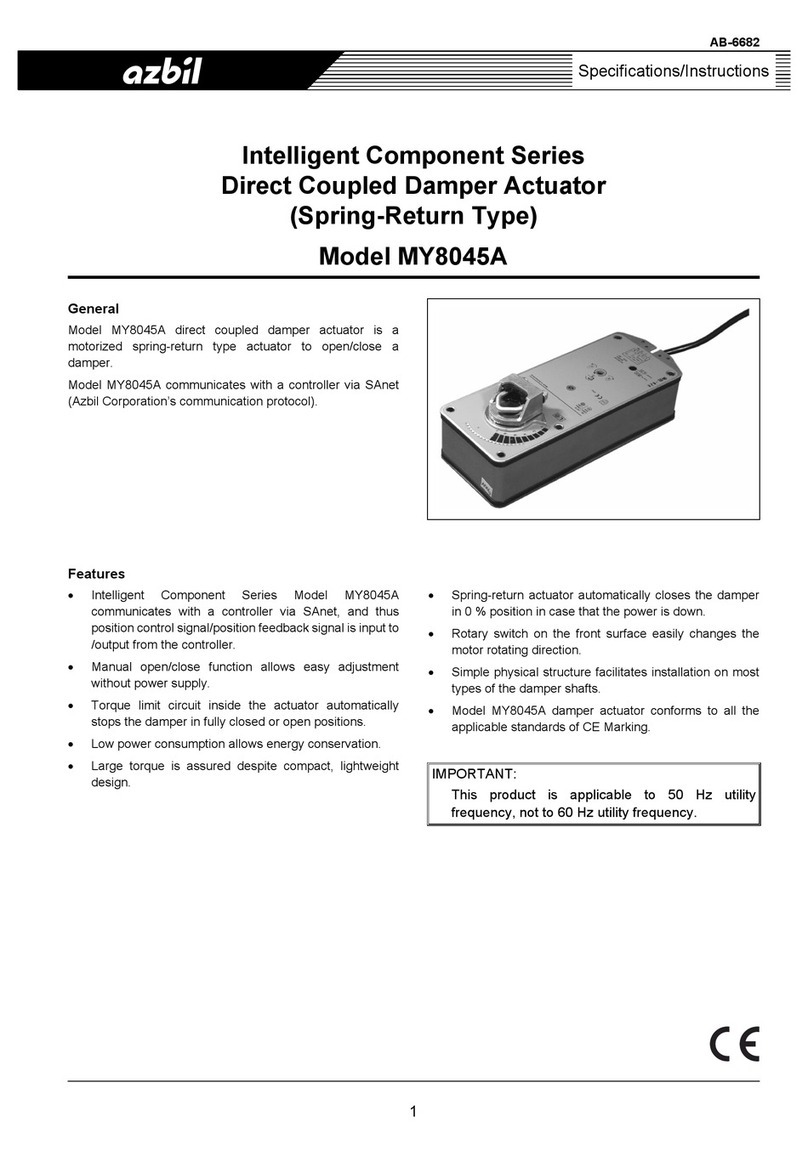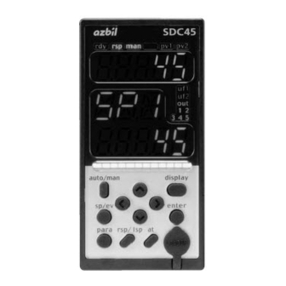ii
WARNING
Use this device for batch operation of the burner (at least one start and
stop in a 24-hour period). Do not use for continuous burner operation
(nonstop combustion for 24 h or longer).
This device does not have the prepurge and ignition sequencing func-
tions required for burner ignition. Use this device as part of a system
whose design gives careful consideration to the prepurge timer and
sequence timing, following established safety guidelines.
Wire terminals 1 and 2 so that they receive power continuously when-
ever the power switch is turned on. This is absolutely necessary to
ensure operation of the self-check circuits at startup.
Therefore, do not wire a thermostat between the power switch and ter-
minal 1 or 2. Doing so might cause a serious combustion equipment
accident.
Connect loads (ignition transformer, solenoid valve, etc.) directly to the
output terminals of this device. If they are not directly connected, com-
bustion safety cannot be ensured.
Do not allow the pilot or main burner "Safety Time" (ignition trial time)
to exceed the specifications of the burner or equipment manufacturer.
If they do, fuel may accumulate in the combustion chamber and form
an explosive air-fuel mixture, resulting in a serious explosion hazard.
Before removing, mounting, or wiring the FRS100, be sure to turn off
the power to the FRS100 and all connected devices. Failure to do so
might cause electric shock.
Do not connect a solenoid valve to the high potential side of the circuit.
If a ground fault occurs, the ground fault current may energize and
open the solenoid valve. This device will not be able to prevent the
valve from opening and fuel from flowing out.
Even after the power to this device is turned off, terminal F continues
to hold an electrical charge. To avoid electrical shock, do not touch ter-
minal F.
Carry out the pilot turndown test carefully. If the flame detector is set
so that it detects a pilot flame that is too small to ignite the main burn-
er, this device will not be able to detect a flame failure in the main burn-
er. In that case, fuel will continue to be supplied, causing a serious
explosion hazard.
Before the pilot turndown test or ignition spark response test, make
sure that all manual fuel valves are closed.
